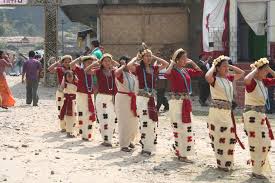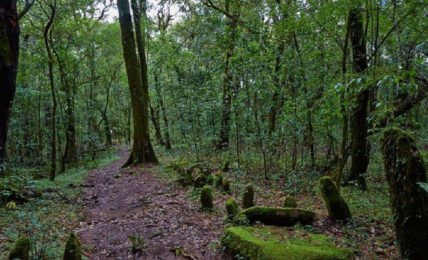Vignettes from Arunachal
This land with its rich and varied biotic environment baffles one with its sheer diversity. Wrapped in its myths and legends are messages of conservation posterity would do well to take hints from. To immerse oneself in its emerald depths, a quote from Emerson could provide the clue — Let us be silent so that we may hear the whispers.





